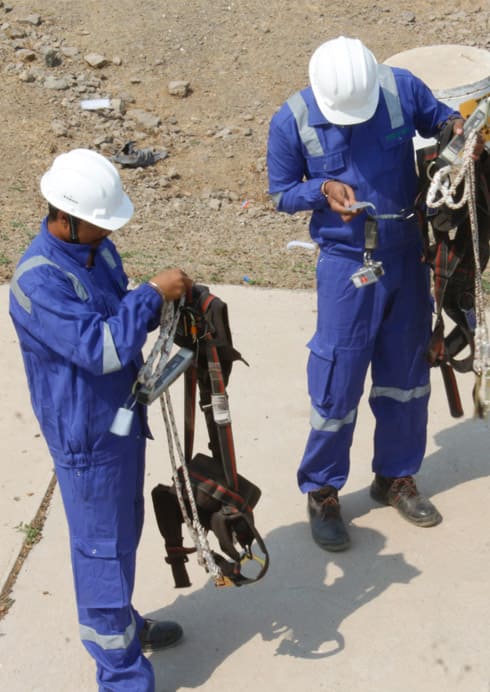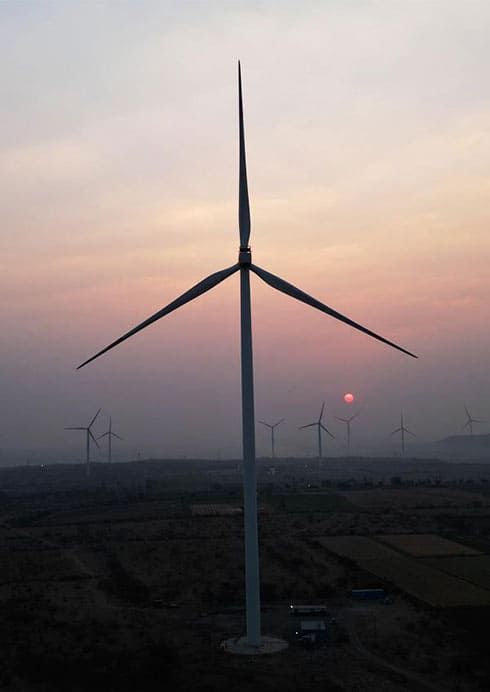Empowering Your Wind Energy Knowledge
FAQs
Wind energy is the conversion of wind motion into electricity using wind turbines. Wind turbines have blades that capture the kinetic energy of the wind, which rotates a turbine and generates electricity through a generator.
Some advantages of wind energy include:
- It is a clean and renewable source of energy.
- It reduces greenhouse gas emissions and contributes to combating climate change.
- It offers a domestic and locally available energy source.
- It creates jobs and promotes economic growth in the renewable energy sector.
Several factors are considered when selecting suitable locations for wind farms, including:
- Average wind speeds in the area.
- Available land and topography.
- Environmental impact assessments.
- Proximity to electrical grids for efficient transmission.
Wind turbines do generate some noise, but modern turbine designs and advanced technology have significantly reduced noise levels. Noise pollution from wind turbines is managed through careful siting, setback requirements, and noise regulations to ensure minimal impact on nearby communities.
The average lifespan of a well-maintained wind turbine is typically around 20 to 25 years. With regular maintenance and upgrades, some turbines can even continue to operate for 30 years or more.
Typical maintenance for wind turbines includes regular inspections, lubrication of moving parts, cleaning, and replacement of worn-out components. Maintenance schedules may vary depending on the turbine model and environmental conditions.
Wind farms connect to the electrical grid through underground or overhead power lines. The electricity generated by the wind turbines is collected by a substation within the wind farm and then transmitted to the grid for distribution to homes and businesses.
Wind energy has lower environmental impacts compared to fossil fuels. However, some potential environmental impacts include bird and bat collisions with turbine blades, changes in local ecosystems, and visual impact on landscapes. Environmental assessments and careful planning help minimize these impacts.
Wind energy has emerged as the most affordable form of renewable energy technology available today. Its cost-effectiveness relies heavily on the wind speed at a particular location, as the energy generated is directly proportional to the cube (i.e., the third power) of the wind speed. Additionally, constructing larger wind parks with multiple turbines often leads to economies of scale, further enhancing its economic viability.
In a typical wind park, wind turbines and access roads occupy a minimal fraction, less than one percent, of the total area. This means that approximately 99 percent of the land can continue to be utilized for farming or grazing, just as it would be under normal circumstances.
The height of wind turbines can vary depending on the specific design and purpose. On average, modern wind turbines can range in height from around 80 to 160 meters (260 to 525 feet). However, there are also larger turbines being developed that can exceed 200 meters (656 feet) in height. The ideal height of wind turbines is determined by several factors, including wind speed and accessibility. Generally, taller turbines are preferred because they can access stronger and more consistent wind resources at higher altitudes.
Wind energy finds utility in a wide range of applications, spanning from small-scale uses like charging batteries in lighthouses or remote residences to large-scale industrial turbines with a capacity of 1.5 megawatts. These turbines can generate electricity equivalent to the power consumption of approximately one thousand households.
Wind turbines recover the energy used in their production, maintenance, and servicing within two to three months of operation. Over their 20-year lifespan, the energy generated by a wind turbine exceeds the energy spent on building, operating, and dismantling it by a factor of eighty.
While coastal areas are often considered favorable for wind projects due to ideal wind conditions, it is possible to find economically viable locations for wind turbines island as well. When wind passes over hills or through mountain passes, it undergoes compression, leading to a significant increase in speed. Consequently, rounded hilltops offering broad views in the prevailing wind directions are ideal sites for wind turbines. The concept of speed-up effects can be explored further in the Guided Tour.
Wind turbines rely on the presence of wind to generate energy, and their production fluctuates with wind conditions. Due to variable forces and wear, turbines are built to stringent standards. Modern turbines have an availability factor of over 98%, surpassing other electricity generation technologies. Maintenance checks are conducted every six months.
























